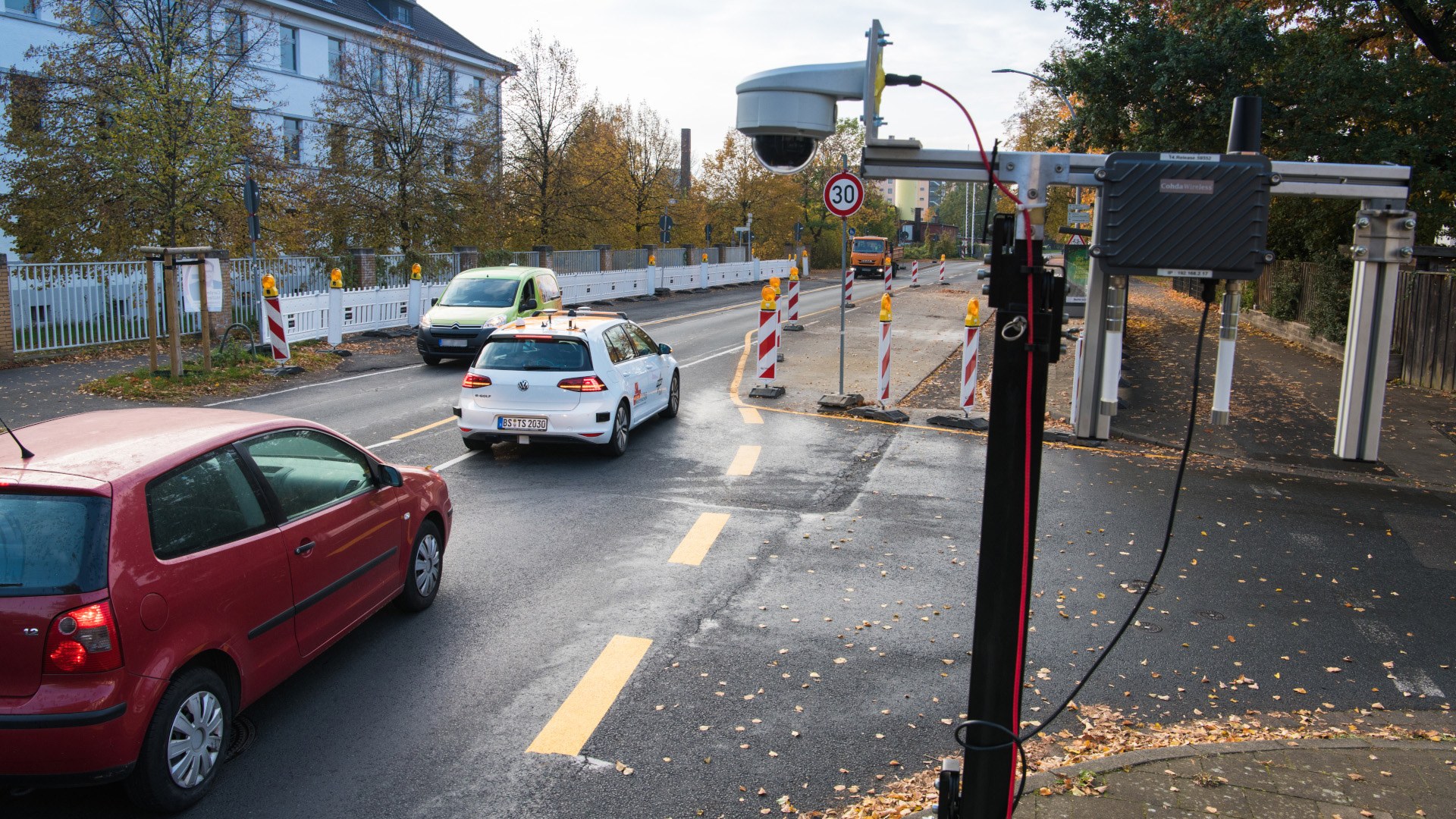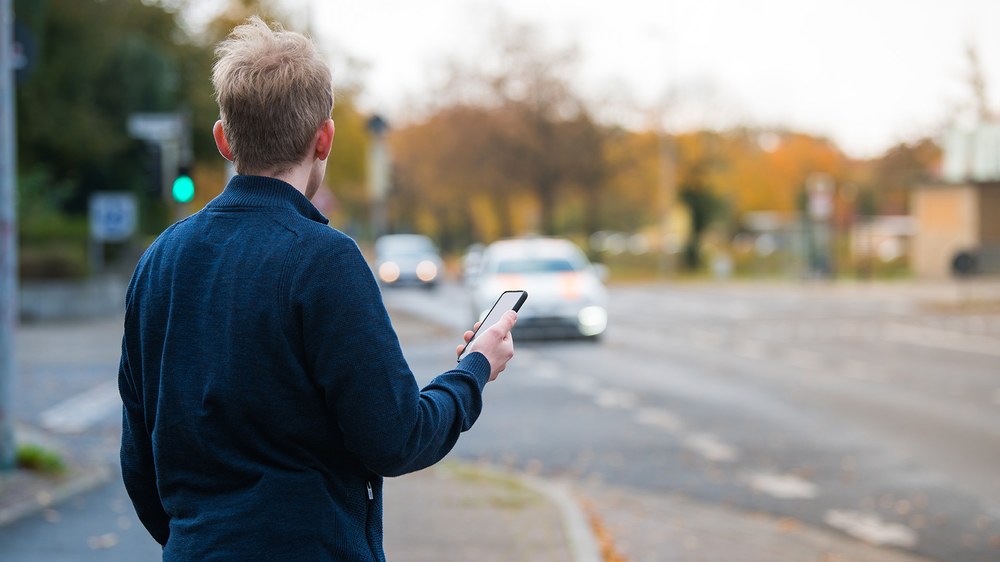Institute of Transportation Systems
In today’s economy and society mobility is of high significance. People want to arrive at their destinations comfortably and quickly. Goods have to be moved economically over long and short distances.

Duration: January 2022 to December 2024
In order to make road transport safer, more efficient and more environment-friendly in the future, it is crucial to connect individual participants. This fosters mutual consideration, obstacle avoidance and optimal use of road networks. The KoKoVI project (Coordinated co-operative traffic with distributed, learning intelligence) views traffic as a networked system, ileveraging automation and digitalisation for all. Eight institutes of the German Aerospace Centre (DLR) collaborate to research vehicle, cyclist and pedestrian cooperation and coordination. They are also incorporating real and virtual infrastructure (such as traffic lights, cameras, sensors, digital bus stops) along with associated background systems.
In a networked, digitalised traffic system, various players collaborate. For instance, users utilise app-based route guidance to reach the starting point for a journey with an autonomous shuttle. Traffic lights adjust signals to facilitate safe and swift access. Moreover, automated vehicles utilise supplementary infrastructure-based detection technologies, enhancing their environmental awareness for safe operation. This enables automated vehicles to cope with complex scenarios such as roadworks or adverse weather conditions.
The researchers are demonstrating and assessing the findings in KoKoVI through two urban transport use cases in Braunschweig, leveraging the opportunities provided by the Lower Saxony test field.
Automated driving can significantly enhance transport efficiency, environmental sustainability and accessibility for all. To achieve this, scientists are experimenting with autonomous shuttles to develop needs-based mobility services with virtual stops.
The advent of autonomous vehicles introduces several novel challenges, including ensuring that the vehicle can navigate to and halt at virtual stops. Considerations must encompass interactions with various road users, including cyclists, as well as both moving and stationary traffic.

The process begins with a user ordering a shuttle via an app to a virtual stop. The user and shuttle converge at the virtual stop, while distribution software calculates the route. Meanwhile, Augmented Reality (AR) visualisations guide the user and traffic lights adjust dynamically for safe passage. Finally, the shuttle arrives and the user boards and disembarks.
Research into automated driving has made substantial strides in recent years, with the first automated vehicles now operating shuttle journeys in real traffic under controlled conditions. However, if unforeseen situations arise, such as complex roadworks, technical supervisors must intervene on site to resolve issues hindering the vehicle's progress. Identifying potential problems, devising solutions, and implementing efficient measures are crucial for the widespread adoption of automated vehicles.
The scenario addresses situations where automated driving functions reach their limits (leaving the Operational Design Domain, ODD). If this occurs, responses may include re-routing or stopping the vehicle. Remote operator support, for example an external technical supervisor who is connected to the vehicle and provides an alternative route, is also an option. In this use case, the scientists are testing compliance verification with the operational design domain of the automated driving function and the execution of a remote operation as a possible solution. For this purpose, the vehicle requests remote operation and the operator implements a solution accordingly.
• NGC KoFIF
• GAIA-X 4 AMS
